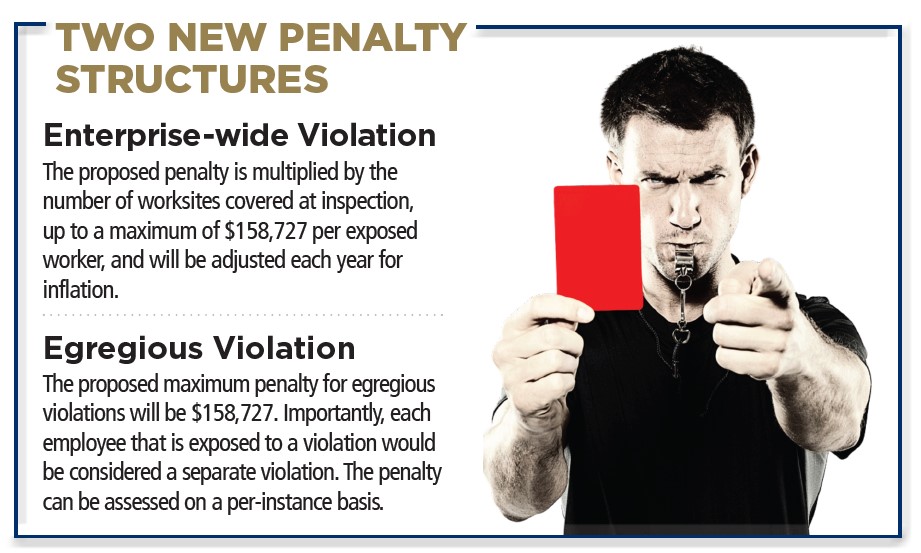CAL/OSHA has proposed new regulations that would incorporate California’s new workplace violence prevention law — which took effect July 1 — into Title 8, the set of regulations that covers workplace safety in the Golden State.
However, the proposed rules add a number of new requirements that some safety observers say would be unworkable in many workplaces and may create burdensome new standards for employers to follow. Here’s how the new rules add to those requirements.
Workplace controls
The proposed regulations list acceptable procedures and rules that can be used to effectively reduce workplace violence hazards:
• Appropriate staffing levels,
• Hiring dedicated security personnel,
• Effective means to alert employees of the presence, location, and nature of a security threat, and
• Control of visitor entry.
Response procedures
The draft rules outline steps employers can take when responding to and then investigating a case of workplace violence, post-incident:
• Provide immediate medical care or first aid to workers who have been injured in the incident,
• Identify employees involved in the incident,
• For employers with more than 25 employees, make available individual trauma counseling to those staff affected by the incident,
• Conduct a post-incident debriefing as soon as possible after the incident with employees and supervisors involved in the incident,
• Identify hazards that may have contributed to the incident,
• Identify and evaluate whether appropriate corrective measures developed under the firm’s workplace violence prevention plan were effectively implemented, and
• Solicit opions from employees involved in the incident about the cause of the incident, and what could have prevented it.


The takeaway
The proposed rules are just the first step. They still have to go through a public comment period and the Division of Occupational Safety and Health, which writes new regulations.
However, the rules have already received plenty of pushback from employers.





